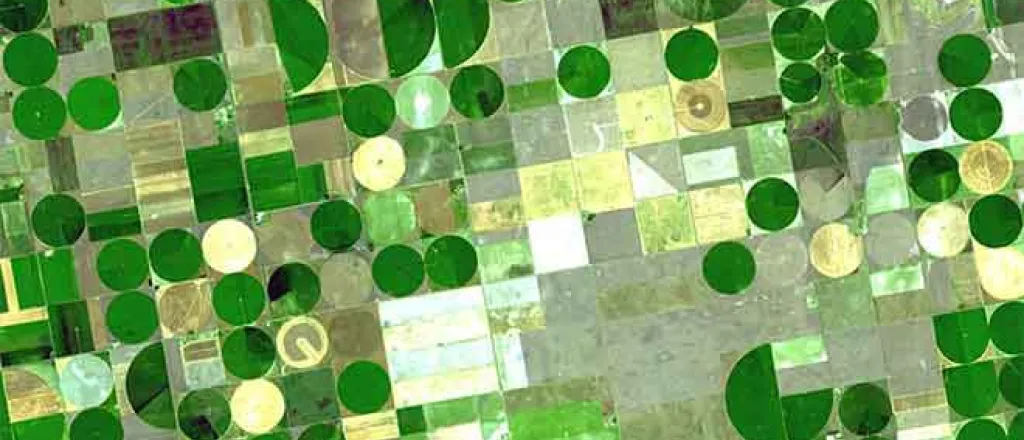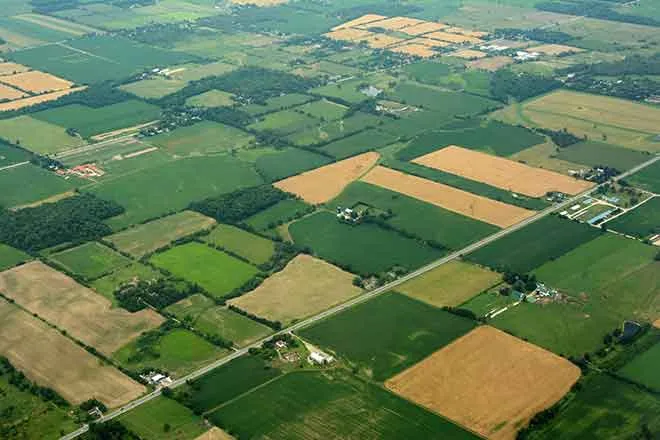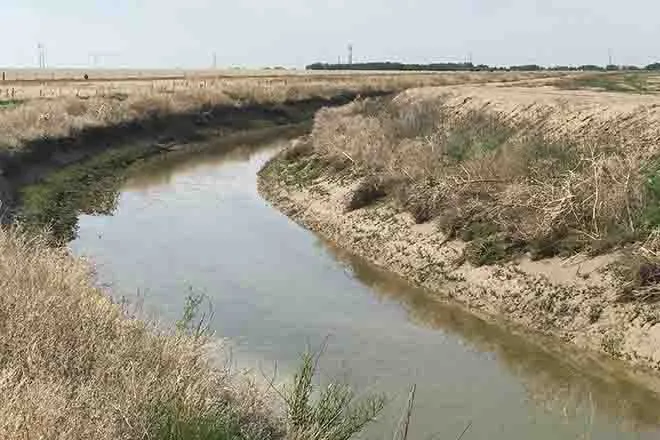
USDA to gather monthly yield data to measure crop production
Starting in August and continuing through November, the U.S. Department of Agriculture’s (USDA) National Agricultural Statistics Service (NASS) will conduct a monthly Agricultural Yield survey. The information captured in this survey will help NASS track changes in yields for row crops that can occur due to weather, pests, disease and other factors, from farmers and ranchers in the Mountain Region states of Arizona, Colorado, Montana, New Mexico, Utah, and Wyoming.
“This survey is critical in assessing the true state of agriculture in the Mountain Region,” said William Meyer, Director, Mountain Regional Field Office. “The data that farm operators provide through NASS’s Agricultural Yield survey allows us to provide the necessary information that producers, agribusiness and local, state and federal authorities need to make sound business decisions.”
Also of note, other USDA agencies rely on this data to assist in determining crop insurance and disaster aid payments as well as other program benefits.
In the survey, NASS asks participants to answer a variety of questions about how many acres of particular crops they planted, how many acres they intend to harvest, and their expected yield per acre. NASS will follow up with the same farmers in subsequent months asking them to update their expected yield per acre assessments.
“By asking the same operators their expectations of yields monthly over the course of the crop year, we can more accurately publish monthly data and capture seasonal variation,” said Meyer. “This approach reduces the number of questions the survey asks farm businesses while ensuring that accurate and timely data are available.”
As with all NASS surveys, the results of this survey will be available in aggregate form only, ensuring that no individual operation or producer can be identified. NASS will compile, analyze, and publish survey results in the monthly Crop Production report.

















